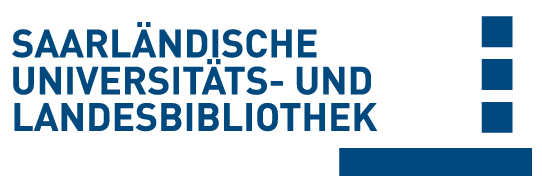Bitte benutzen Sie diese Referenz, um auf diese Ressource zu verweisen:
Volltext verfügbar? / Dokumentlieferung
doi:10.22028/D291-33475 | Titel: | Enhancing Process Data in Manual Assembly Workflows |
| VerfasserIn: | Knoch, Sönke Herbig, Nico Ponpathirkoottam, Shreeraman Kosmalla, Felix Staudt, Philipp Fettke, Peter Loos, Peter |
| HerausgeberIn: | Daniel, Florian Sheng, Quan Z. Motahari, Hamid |
| Sprache: | Englisch |
| Titel: | Business Process Management Workshops : BPM 2018 International Workshops, Sydney, NSW, Australia, September 9-14, 2018, Revised Papers |
| Startseite: | 269 |
| Endseite: | 280 |
| Verlag/Plattform: | Springer |
| Erscheinungsjahr: | 2019 |
| Erscheinungsort: | Cham |
| Titel der Konferenz: | BPM 2018 |
| Konferenzort: | Sydney, Australia |
| Dokumenttyp: | Konferenzbeitrag (in einem Konferenzband / InProceedings erschienener Beitrag) |
| Abstract: | The rise of Industry 4.0 and the convergence with BPM provide new potential for the automatic gathering of process-related sensor information. In manufacturing, information about human behavior in manual assembly tasks is rare when no interaction with machines is involved. We suggest technologies to automatically detect material picking and placement in the assembly workflow to gather accurate data about human behavior. For material picking, we use background subtraction; for placement detection image classification with neural networks is applied. The detected fine-grained worker activities are then correlated to a BPMN model of the assembly workflow, enabling the measurement of production time (time per state) and quality (frequency of error) on the shop floor as an entry point for conformance checking and process optimization. The approach has been evaluated in a quantitative case study recording the assembly process 30 times in a laboratory within 4 h. Under these conditions, the classification of assembly states with a neural network provides a test accuracy of 99.25% on 38 possible assembly states. Material picking based on background subtraction has been evaluated in an informal user study with 6 participants performing 16 picks, each providing an accuracy of 99.48%. The suggested method is promising to easily detect fine-grained steps in manufacturing augmenting and checking the assembly workflow. |
| DOI der Erstveröffentlichung: | 10.1007/978-3-030-11641-5_21 |
| URL der Erstveröffentlichung: | https://link.springer.com/chapter/10.1007/978-3-030-11641-5_21 |
| Link zu diesem Datensatz: | hdl:20.500.11880/30770 http://dx.doi.org/10.22028/D291-33475 |
| ISBN: | 978-3-030-11641-5 978-3-030-11640-8 |
| Datum des Eintrags: | 1-Mär-2021 |
| Bemerkung/Hinweis: | Lecture notes in business information processing ; 342 |
| Fakultät: | HW - Fakultät für Empirische Humanwissenschaften und Wirtschaftswissenschaft |
| Fachrichtung: | HW - Wirtschaftswissenschaft |
| Professur: | HW - Prof. Dr. Peter Loos |
| Sammlung: | SciDok - Der Wissenschaftsserver der Universität des Saarlandes |
Dateien zu diesem Datensatz:
Es gibt keine Dateien zu dieser Ressource.
Alle Ressourcen in diesem Repository sind urheberrechtlich geschützt.

